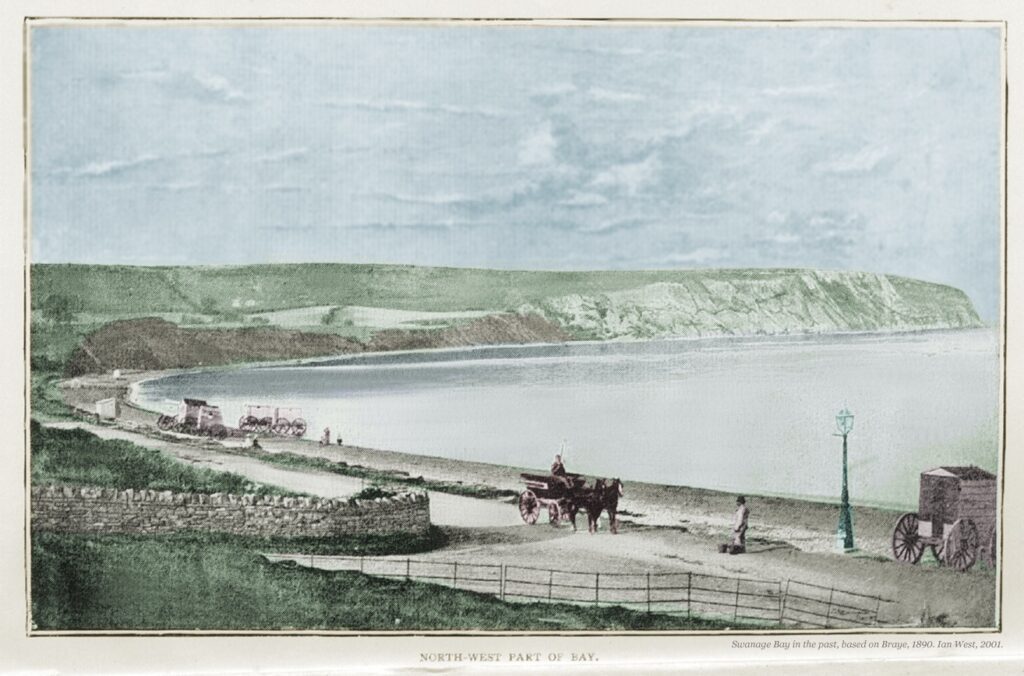Edited by Christopher Wagner

In late July and early August, 1925, following on from his seminars on analytical psychology at the Psychological Club in Zurich, Jung convened a seminar which has come to be known as the ‘Swanage Seminar,’ named after the seaside resort-town in Dorset, England, where it was held. Over a set of twelve lectures, Jung presented on a number of psychological topics and themes that explored his then evolving model of the psyche, focusing the seminar, in particular, on the subject of dream analysis and symbolism. The seminar was his first extended treatment of dreams.
He opens the lecture series with an historical sketch of dream interpretation, surveying the works of such figures as the first-century Roman statesman and philosopher, Cicero (De Divinatione), and the second-century Ephesian diviner, Artemidorus Daldianus (Oneirocritica), giving an account as well of famous dreams from Western history and literature, as of the Mesopotamian ruler and hero, Gilgamesh; the Babylonian king of biblical fame, Nebuchadnezzar; and the Carthaginian general, Hannibal. Having transitioned to the dreams and interpretative theories of the modern day, Jung concentrates the remaining lectures upon the dream material of two of his own patients: a fifty-three-year-old widow diagnosed with ‘hyperesthesia,’ an abnormal heightening of the senses that, for her, leads to obtrusive auditory phenomena and bouts of insomnia; and an artistically inclined, twenty-three-year-old man seeking treatment for his struggle with homosexual attraction. In the exploration of these case studies, Jung relates the details of over two dozen recorded dreams, elucidating each through the principles and framework of analytical psychology.
Highlights of Jung’s study of these dream series include discussion of a number of psychological concepts and theories, as pertaining, for instance, to the transference phenomenon as manifested through dream symbols; the constructive and reductive approaches to dream interpretation (the latter instantiated through the theories of Freud); and the role of archetypes in the production of ‘awe-inspiring’ dreams. As is typical in Jung’s seminars, a broad array of other topics are broached and discussed here as well, including, for example, notions of psychical energetics; insights regarding ancestor-worship among ‘primitives’; the anthropological concept of ‘mana’; and mythological variants of the mother archetype, seen in both light and dark forms.
Between January and March 1927, Jung gave a hitherto unknown seminar which has recently been found on dream interpretation. Here, he continued his pedagogical work of showing the seminar participants how to interpret dreams. The contents of the Swanage seminar will be carefully reconstructed using the extant notes of attendees (e.g., Cary Baynes, Esther Harding, Kristine Mann, W. B. Crow). The publication of this seminar, together with the Zurich seminar, offers an important though hitherto neglected link in understanding Jung’s regard of dream phenomena over the course of his career, making public for the first time the critical bridges between such early writings on the subject as “The Analysis of Dreams” (1909) and “On the Significance of Number Dreams” (1910/11), and later works like Jung’s Dream Analysis seminar (1928–1930), “The Practical Use of Dream-Analysis” (1934), and “General Aspects of Dream Psychology” (1948).


